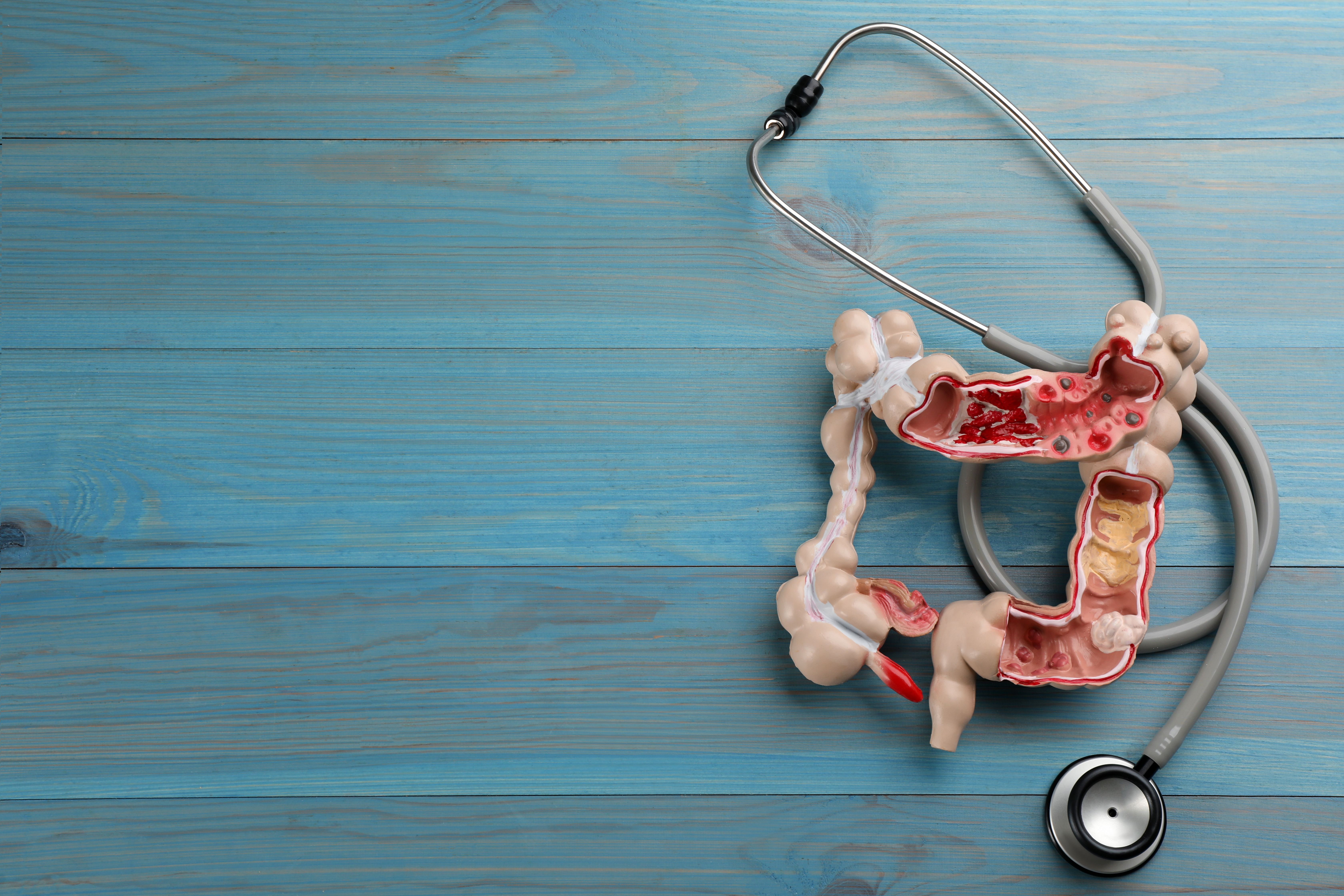- Center on Health Equity & Access
- Clinical
- Health Care Cost
- Health Care Delivery
- Insurance
- Policy
- Technology
- Value-Based Care
Lower Fatigue, Better QOL Associated With More Regulated Sleep Schedule After Surgery for CRC
Restoring diurnal rest-activity rhythm in patients who have had surgery for colorectal cancer (CRC) can help to improve their sleep patterns and quality of life (QOL).
An active and consistent rest-activity rhythm (RAR) was found to help patients lower fatigue and insomnia as well as improve their health-related quality of life (HRQOL) after surgery for colorectal cancer (CRC), according to a study published in the International Journal of Behavioral Nutrition and Physical Activity.1
Although CRC has increased in incidence throughout the world, the overall survival rate is also increasing in adults aged 55 years and older due to various factors, including screening earlier.2 HRQOL is often affected in those who survive CRC due to the treatment, with many survivors experiencing these effects for years after diagnosis. Diurnal RAR could help with the side effects of insomnia and fatigue in this population. This study aimed to evaluate whether less disrupted RAR was associated with lower fatigue and insomnia, as well as higher HRQOL, in patients who have undergone treatment for CRC.
Diagram of colon with stethoscope | Image credit: New Africa - stock.adobe.com

The data for this study were collected from the Energy for Life after ColoRectal cancer study that included data from patients with stages I-III CRC who lived in the Netherlands. Patients were eligible for the study if they had been diagnosed with CRC from 2012 or after. Patients were excluded if they had stage IV CRC, were aged less than 18 years, lived outside of the Netherlands, had a comorbidity that could hinder the study, or were not able to understand or speak Dutch. All data were collected at diagnosis before treatment and then 6 weeks, 6 months, 12 months, 24 months, and 60 months after treatment.
RAR was measured through certain parameters, including mean activity levels (mesor), contrast between mean and peak activity levels (amplitude), difference between activity in both the day and night (dichotomy index), timing of peak activity (acrophase), and consistency of RAR (24-h autocorrelation coefficient).
Participants filled out questionnaires to assess fatigue, insomnia, and HRQOL, including the Checklist Individual Strength (CIS) and the European Organization for the Research and Treatment of Cancer Quality of Life Questionnaire (EORTC QLQ-C30).
There were 289 participants included in this study at 6 weeks after treatment, of which 67.1% were men; the mean (SD) age of the cohort was 67 (9) years. A total of 63% of the patients were colon cancer survivors, 44% had stage III CRC, and 89% had surgery.
The mesor value for the patients was 3.71 (0.17) after 6 weeks, with higher scores indicating more activity. The amplitude value was 0.57 (0.18) after 6 weeks and the acrophase value was 14:12h (IQR, 13:24h-14:58h). The mean dichotomy index was 0.78 (0.21), with higher values indicating larger differences between daytime and nighttime activity. The mean 24-h autocorrelation was 0.16 (0.10), with higher scores indicating an RAR that was more consistent from day to day. The mean circadian quotient was measured at 0.15 (0.04), which was the peak activity adjusted for mean activity and a larger number indicating a greater difference between the 2 factors.
All parameters except for 24-h autocorrelation increased from 6 weeks to 6 months, with a mean absolute change for mesor, amplitude, acrophase, circadian quotient, and dichotomy index were 0.03 (0.14), 0.03 (0.15), 0:01h (IQR, –0:26h to 0:39h), 0.01 (0.04), and 0.10 (0.23) respectively. A decrease in score was found for both fatigue and insomnia from 6 weeks to 6 months and QOL also increased in this timeframe.
The CIS total score for fatigue decreased by 5.3 points (95% CI, –6.9 to –3.6) for each SD increase for mesor and decreased by 5.5 points (95% CI, –7.1 to –3.9) with an SD increase for amplitude. Decreases in CIS for fatigue scores were also found when the SDs of both the circadian quotient and the dichotomy index increased. Insomnia was found to have a similar trend, with each SD increase in amplitude and circadian quotient associated with lower insomnia scores.
With each mesor increase, physical functioning scores (3.2 points; 95% CI, 2.1-4.4) and global QoL scores (3.7 points; 95% CI, 2.5-4.9) increased. Amplitude also had a similar relationship, as with each SD increase in amplitude, physical functioning (4.7 points; 95% CI, 3.7-5.7) and global QOL (4.1 points; 95% CI, 3.0-5.2) increased. Both circadian quotient and dichotomy index had the same association.
There were some limitations to this study. Causality could not be established due to the observational nature of the study. Insomnia, fatigue, and HRQOL could have been affected by RAR but likewise could have affected RAR themselves. There was a limited response rate to participate in the study which could have introduced selection bias. Changes in activity habits and RAR parameters were not collected. Chance findings are also possible.
The researchers concluded that, within 5 years after treatment for CRC, active and consistent RAR was associated with lower fatigue and insomnia as well as better HRQOL. Future studies should focus on creating interventions that address these factors.
References
- Chong MY, Frenken KG, Eussen SJPM, et al. Longitudinal associations of diurnal rest-activity rhythms with fatigue, insomnia, and health-related quality of life in surivvors of colorectal cancer up to 5 years post-treatment. Int J Behav Nutr Phys Act. 2024;21:51. doi:10.1186/s12966-024-01601-x
- Key statistics for colorectal cancer. American Cancer Society. Updated January 29, 2024. Accessed May 9, 2024. https://www.cancer.org/cancer/types/colon-rectal-cancer/about/key-statistics.html
